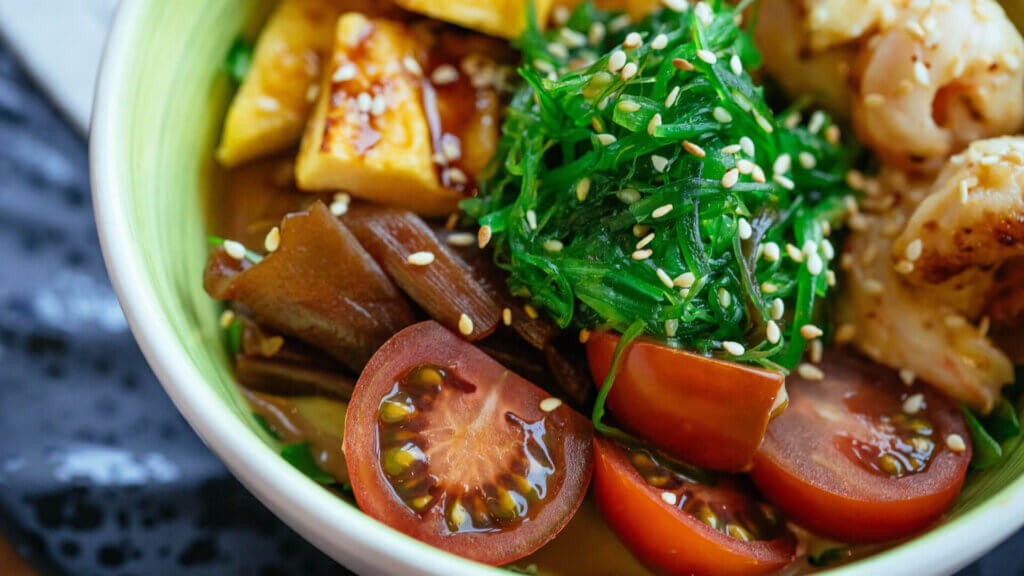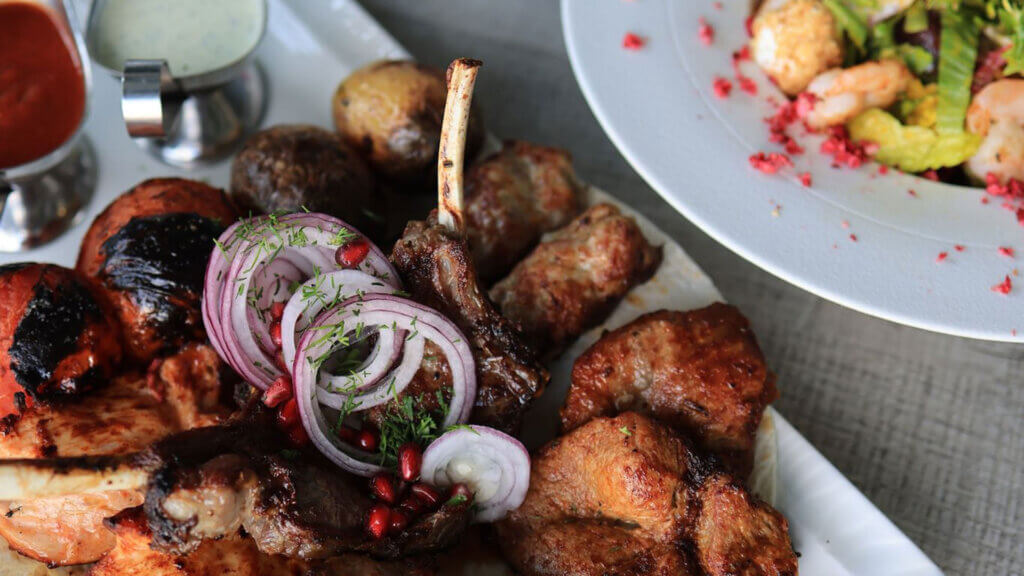The paleo diet focuses on consuming foods that were available during the Paleolithic era. It includes lean meats, fish, fruits, vegetables, nuts, and seeds while excluding grains, dairy products, legumes, refined sugars, and processed foods.
The paleo diet, also known as the Paleolithic or caveman diet, aims to replicate the dietary patterns of our ancient ancestors. It focuses on consuming whole, unprocessed foods that were available during the Paleolithic era. The following foods are typically included in a paleo diet:
- Lean Meats: The paleo diet encourages the consumption of lean meats such as beef, chicken, turkey, and pork. These meats provide a good source of protein and important nutrients like iron and zinc.
- Fish and Seafood: Fish and seafood are an integral part of the paleo diet due to their high protein content and beneficial omega-3 fatty acids. Fatty fish like salmon, mackerel, and sardines are particularly encouraged.
- Fruits: Fresh fruits are a natural component of the paleo diet. They provide essential vitamins, minerals, and antioxidants. Berries, apples, oranges, and bananas are commonly consumed fruits in this eating plan.
- Vegetables: Non-starchy vegetables are highly recommended in the paleo diet. Leafy greens, broccoli, cauliflower, bell peppers, carrots, and other colorful vegetables are nutrient-dense choices.
- Nuts and Seeds: Nuts and seeds, such as almonds, walnuts, flaxseeds, and chia seeds, are sources of healthy fats, protein, fiber, and various micronutrients. They are commonly included in the paleo diet for added nutritional value.
- Healthy Oils: Natural oils derived from sources like olive, coconut, avocado, and walnut are preferred cooking fats in the paleo diet. These oils are rich in monounsaturated fats and can be used for sautéing, dressing salads, or roasting.
The paleo diet excludes certain food groups that emerged with the advent of agriculture. These exclusions include:
- Grains: Grains such as wheat, rice, barley, and corn are eliminated in the paleo diet due to their higher carbohydrate content and potential for inflammation.
- Dairy Products: Dairy products, including milk, cheese, and yogurt, are avoided in the paleo diet. This is because many people have difficulty digesting lactose, a sugar found in dairy, and paleo principles aim to mimic the pre-agricultural era.
- Legumes: Legumes like beans, lentils, chickpeas, and peanuts are excluded from the paleo diet due to their lectin and phytic acid content. These substances may interfere with nutrient absorption and digestion.
- Refined Sugars and Processed Foods: The paleo diet emphasizes whole, unprocessed foods, and discourages the consumption of refined sugars, sugary beverages, and processed snacks.
The paleo diet has gained popularity for its potential benefits, such as weight management, improved blood sugar control, and reduced inflammation. However, it is essential to note that the exclusion of certain food groups may result in potential nutrient deficiencies, such as calcium from dairy or fiber from grains and legumes. It’s important to ensure a balanced paleo diet by incorporating a variety of fruits, vegetables, lean proteins, and healthy fats.
Individuals considering the paleo diet should consult with a healthcare professional or registered dietitian to ensure proper nutrient intake, address any specific health concerns, and create a well-rounded meal plan that meets their individual needs.




